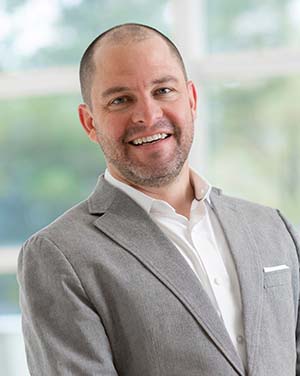Translational Consultant
The FES Center believes strongly in collaborative research, and works closely with many groups across the country on a wide variety of research projects centered around neuromodulation, neural rehabilitation, neural prostheses, brain-computer interfaces, deep brain stimulation, and more. We strive to stay at the front of new fields of neural stimulation research and frequently partner with other groups where our collective expertise might dovetail.

